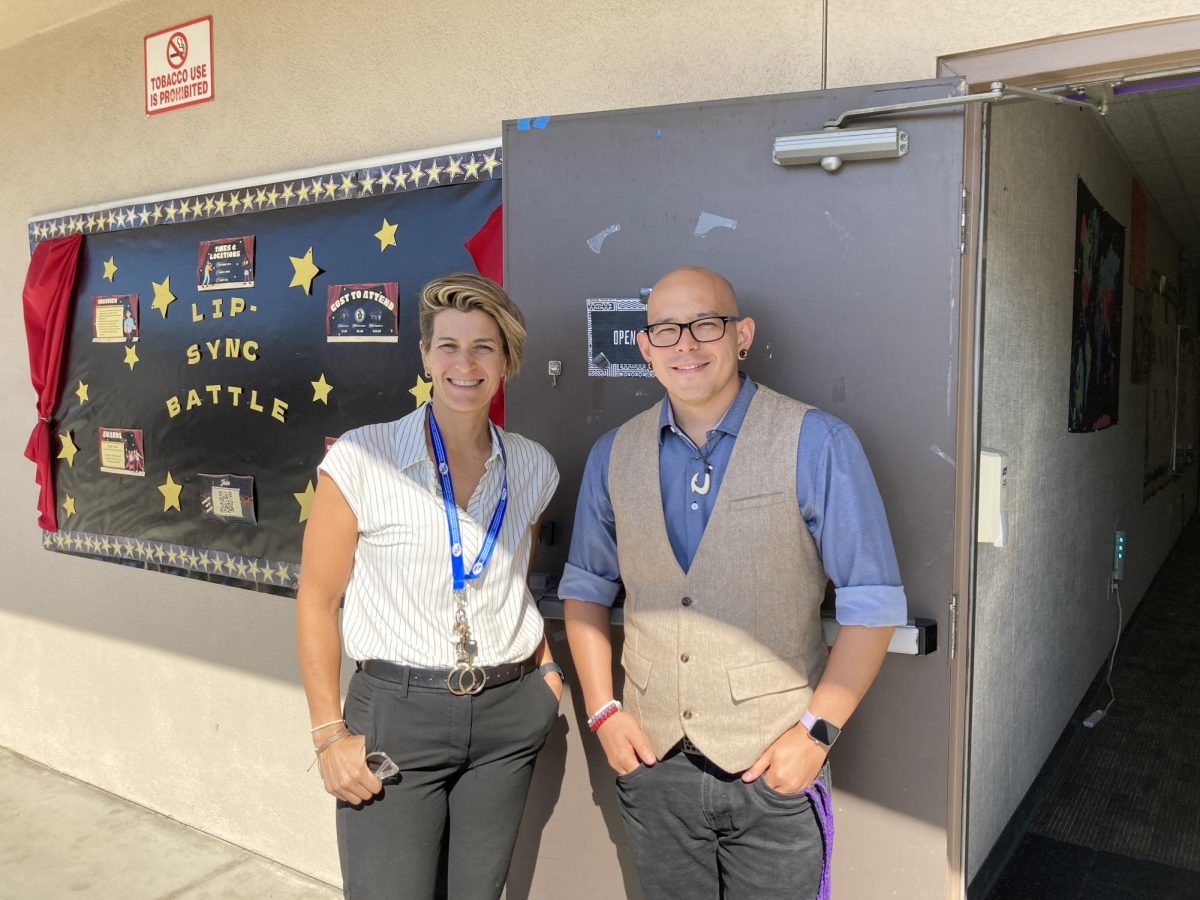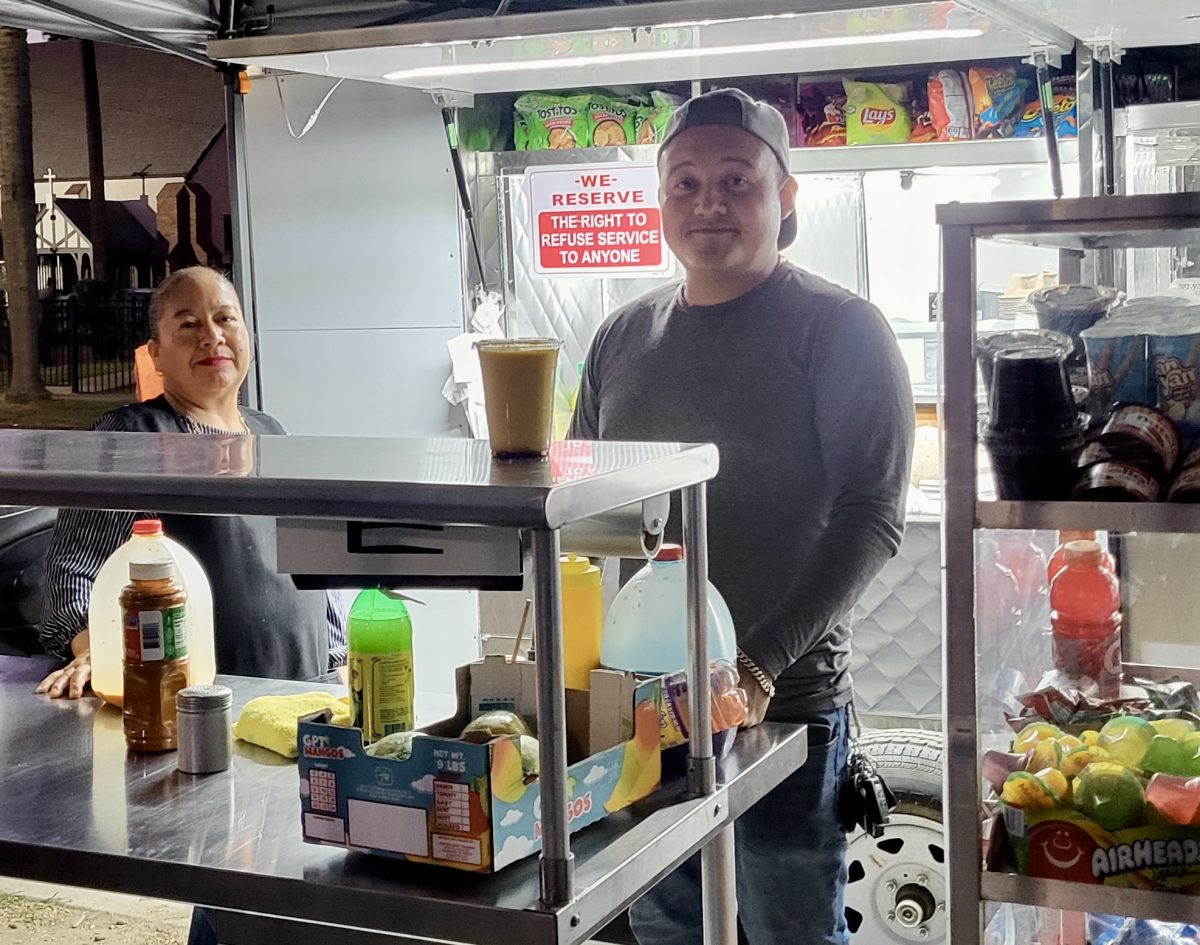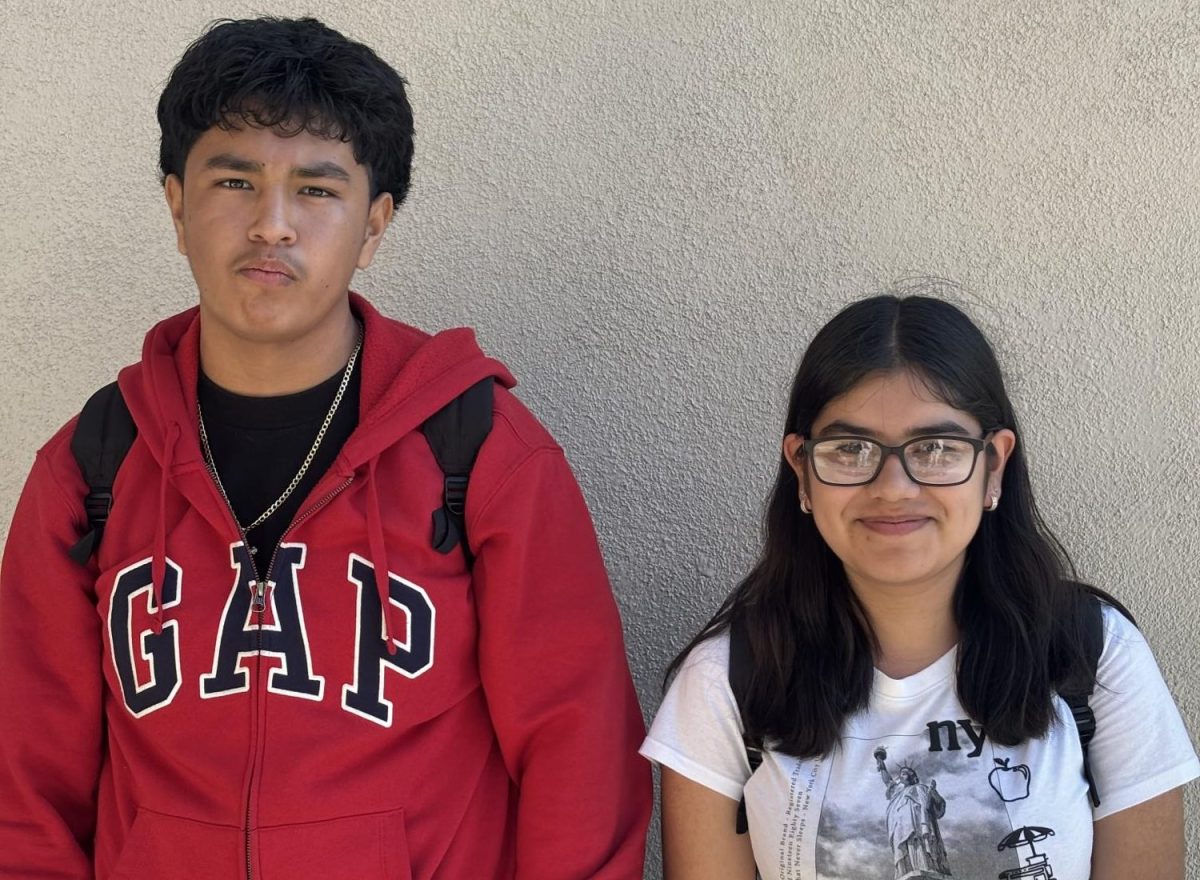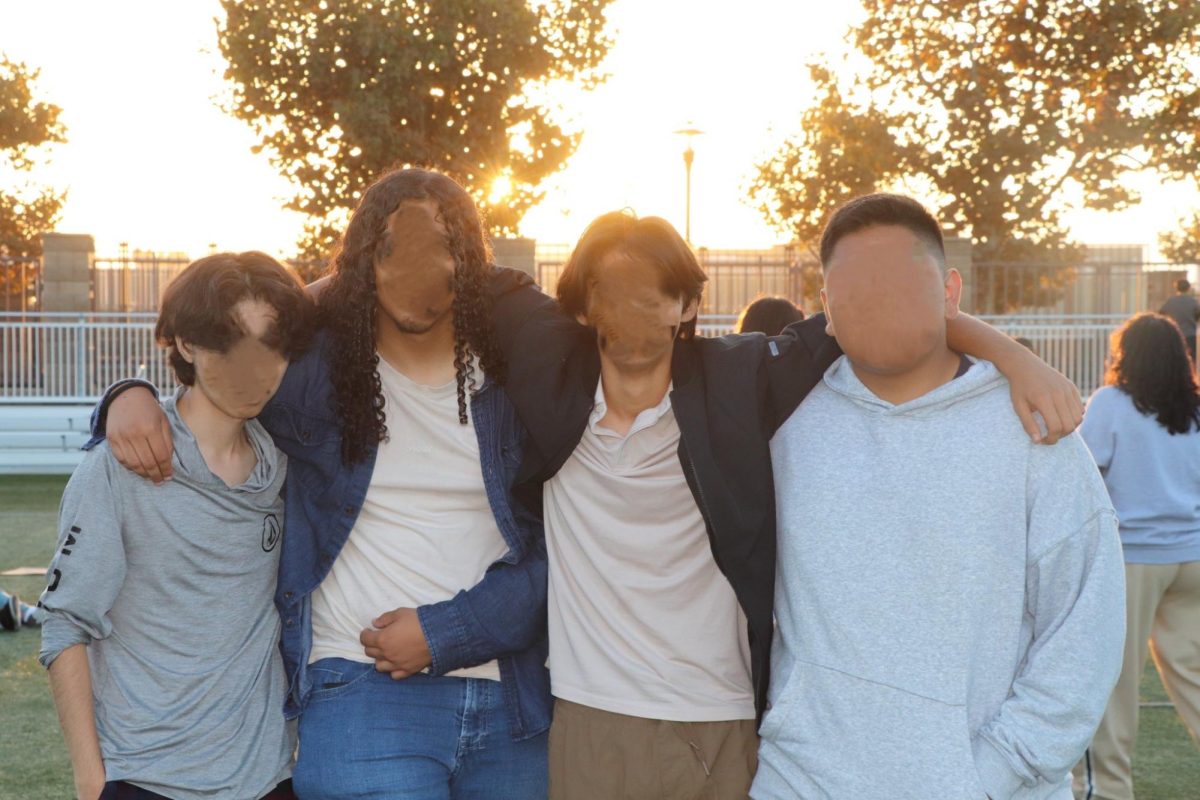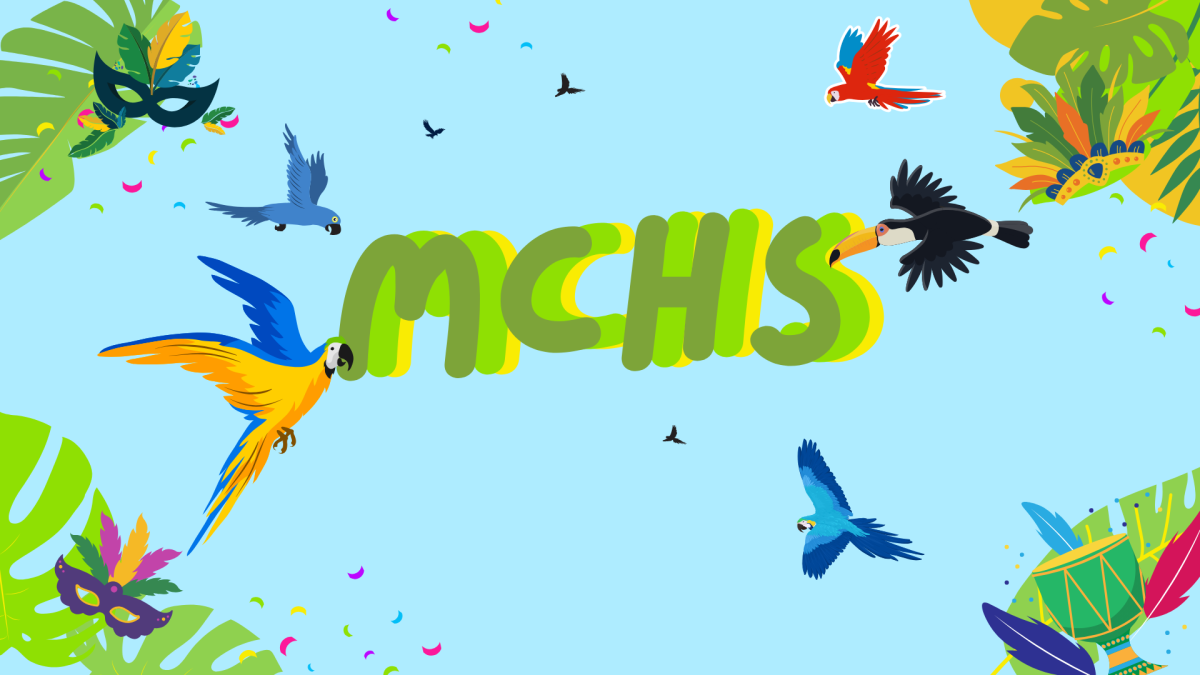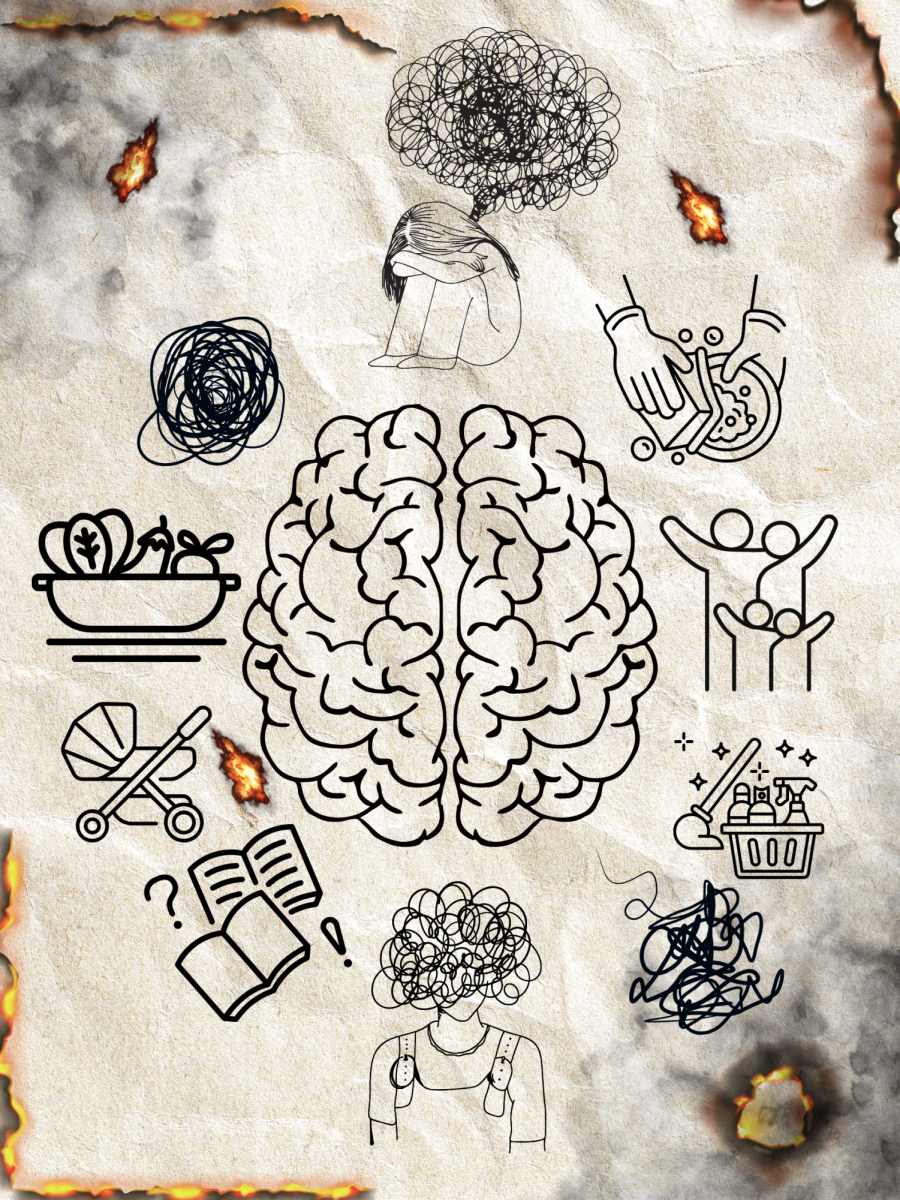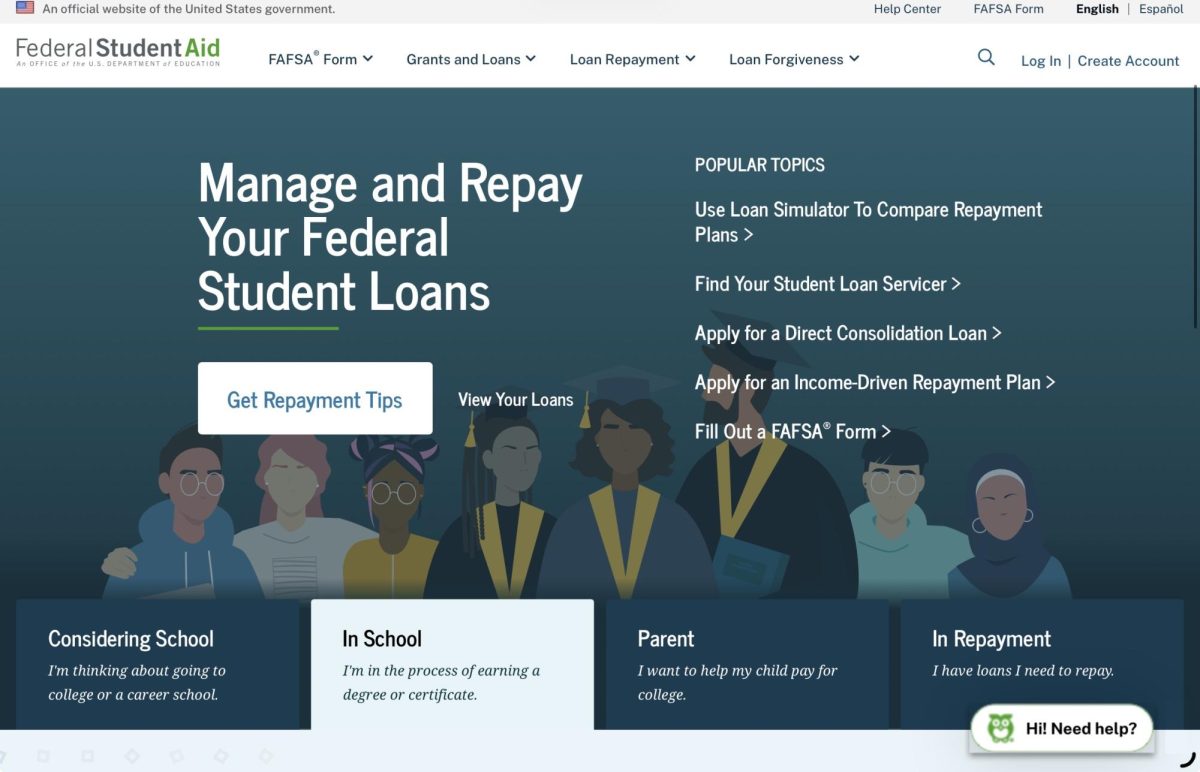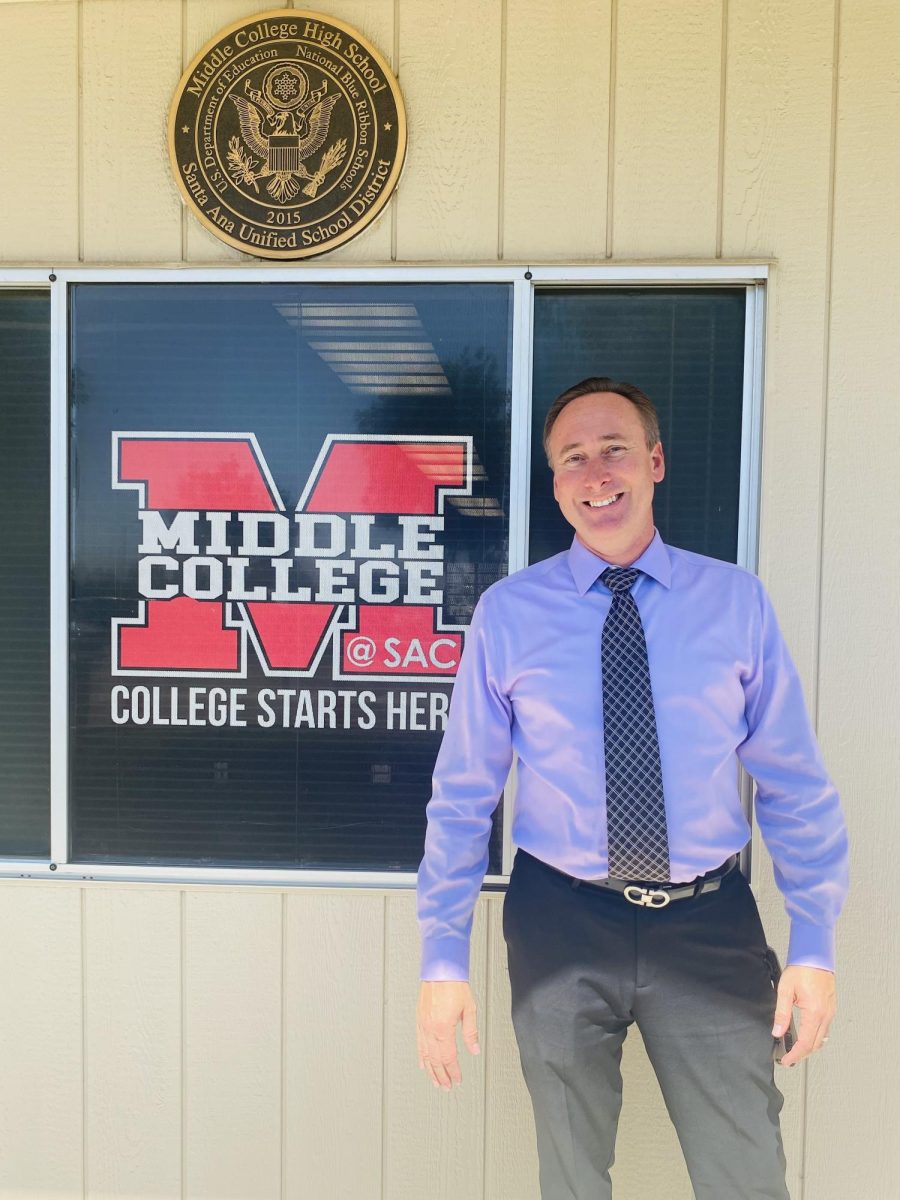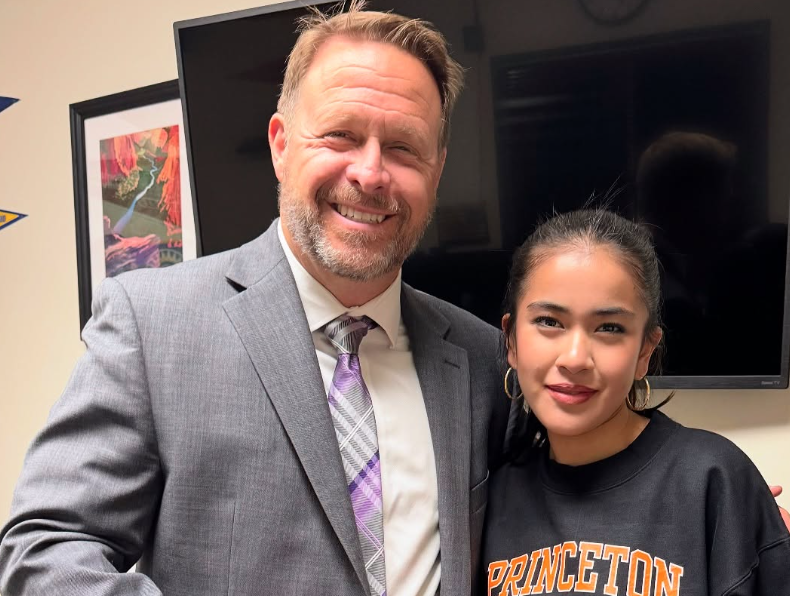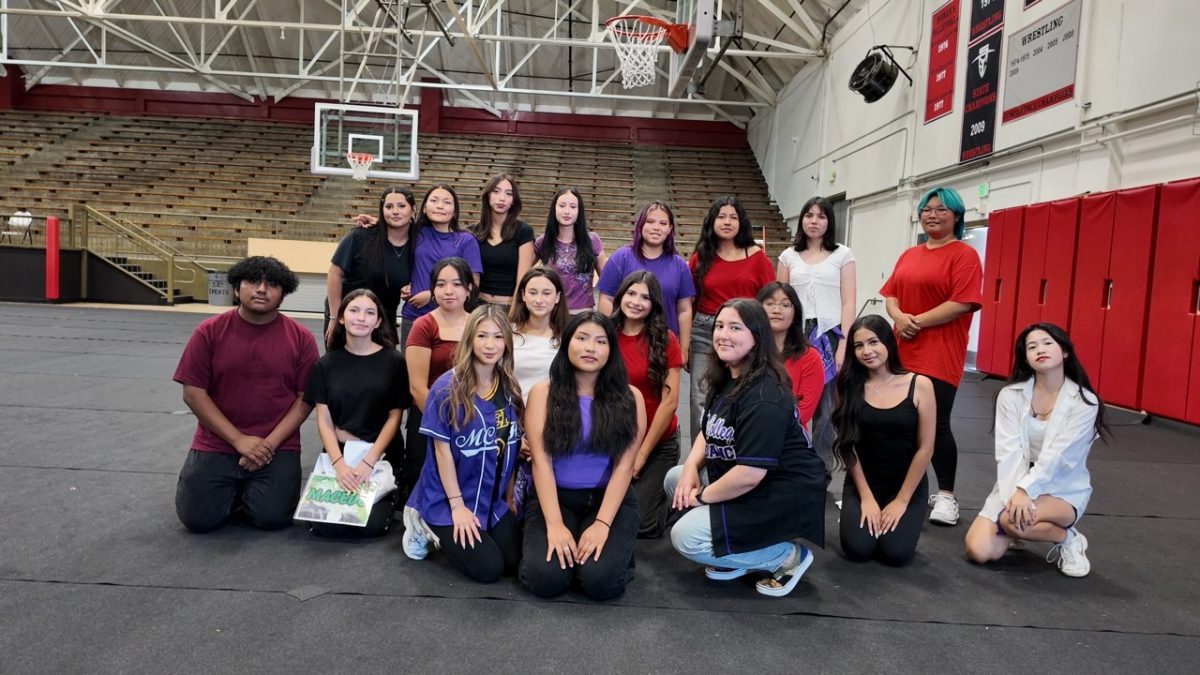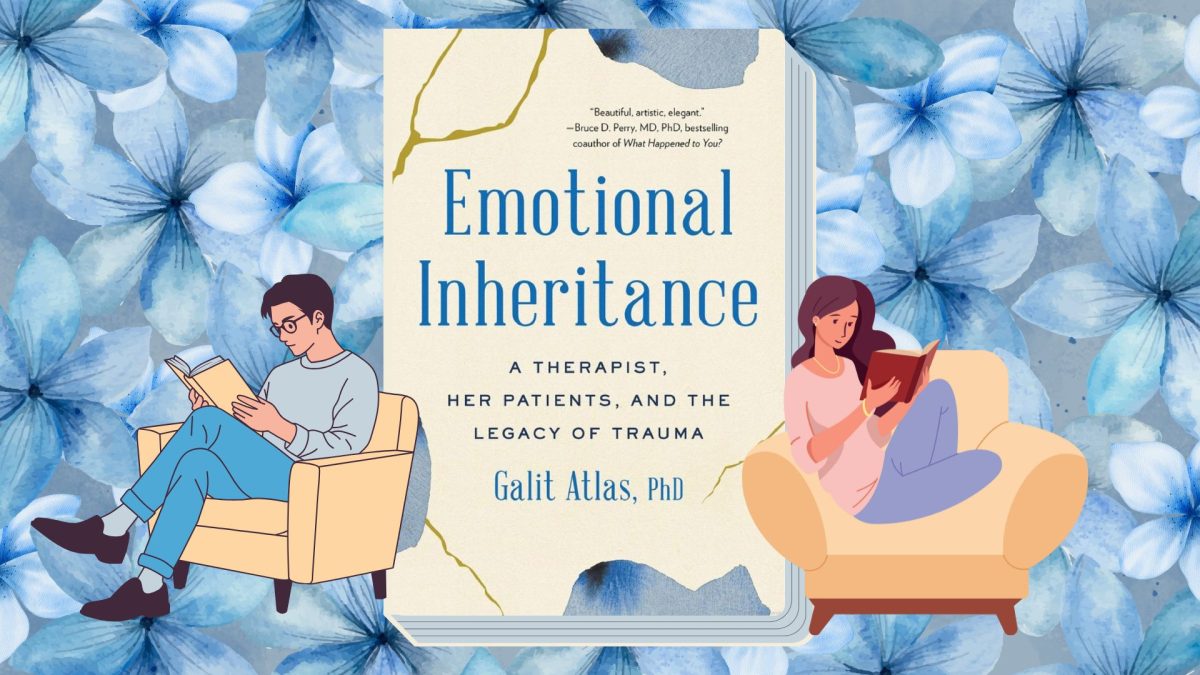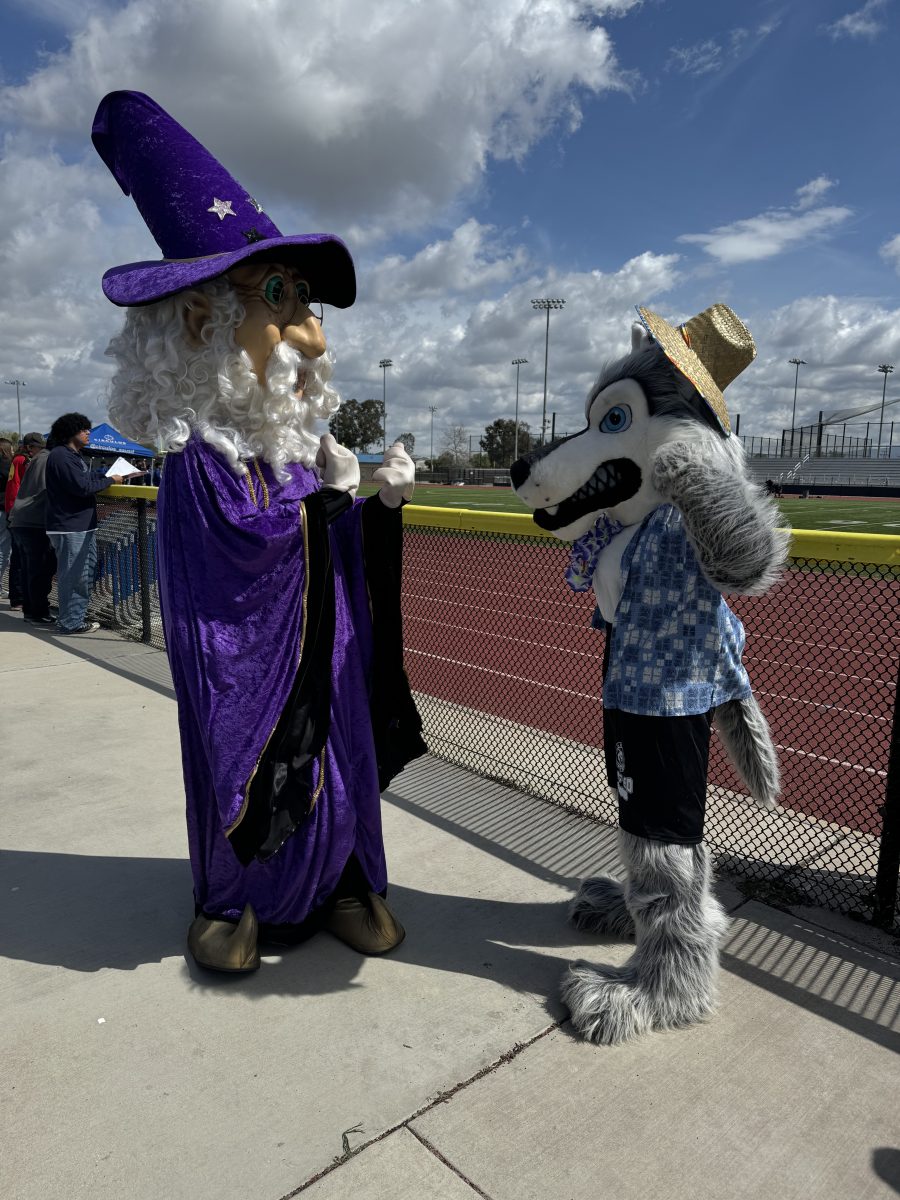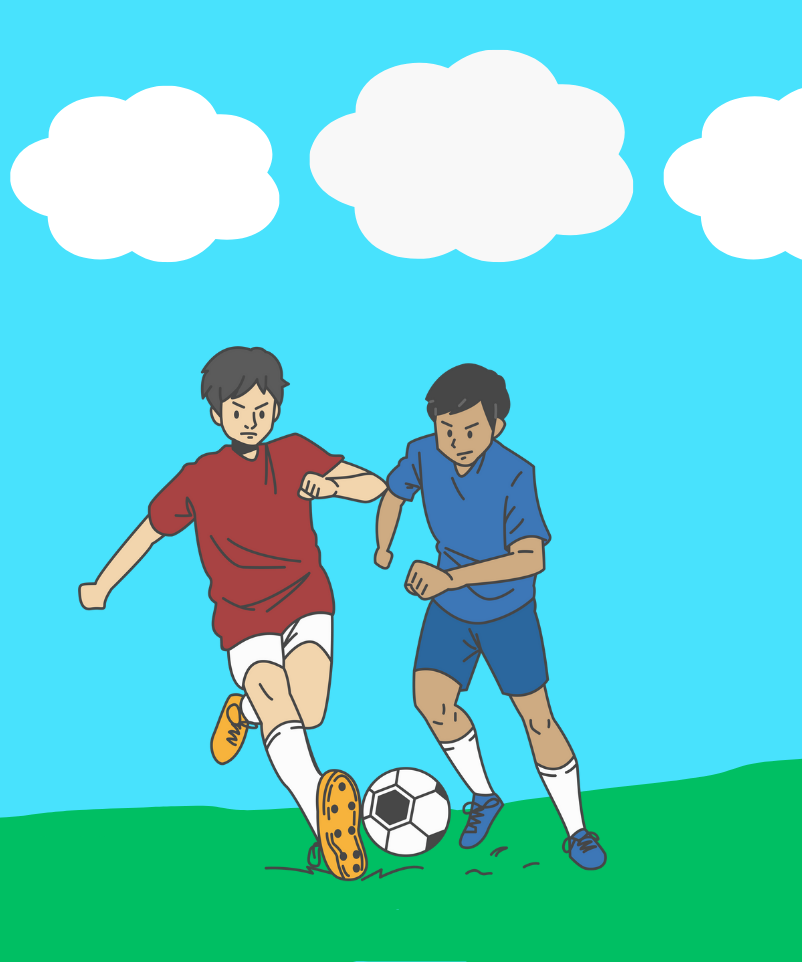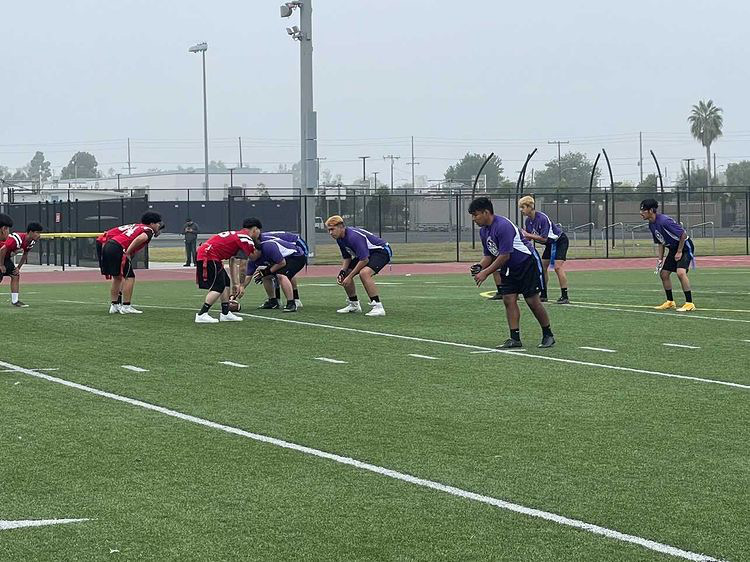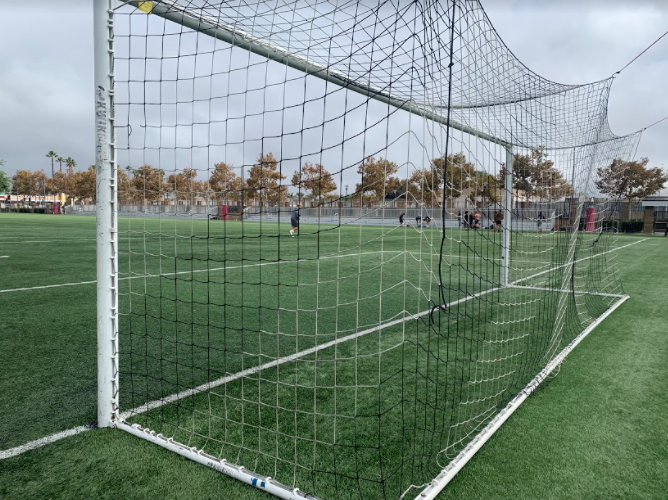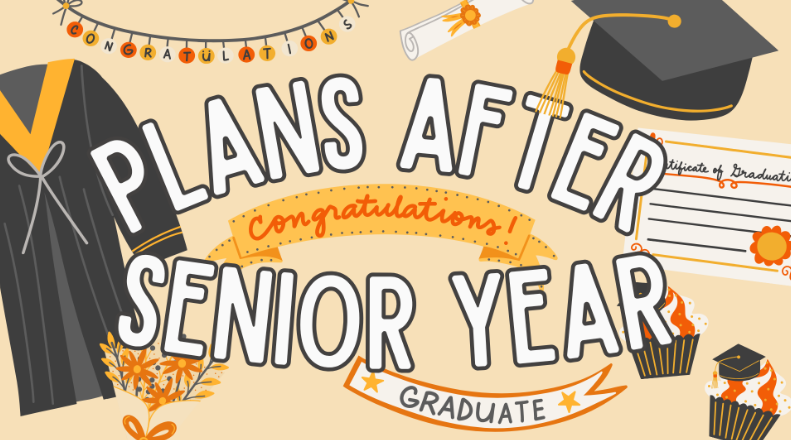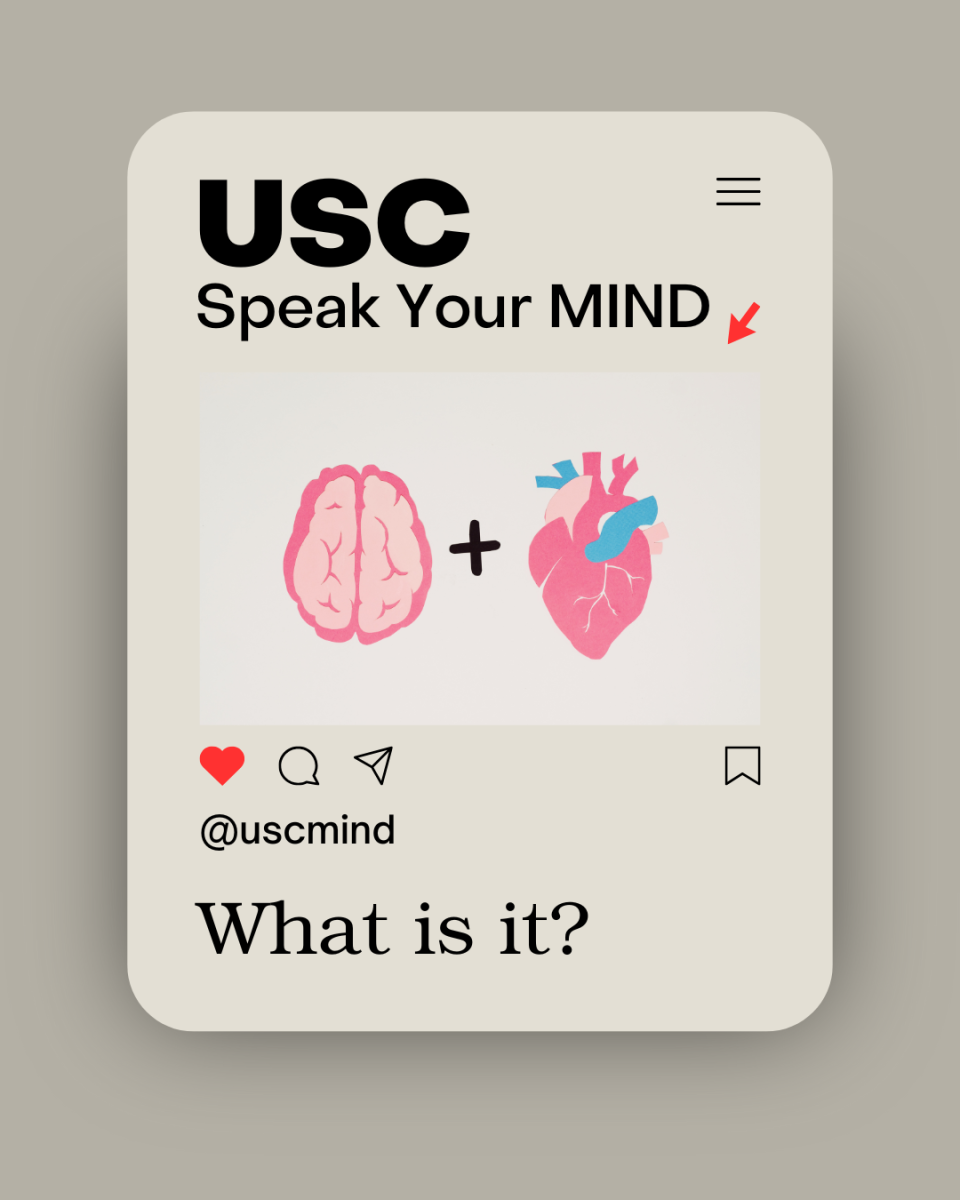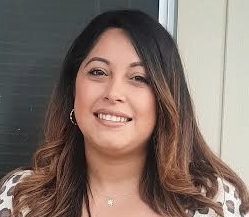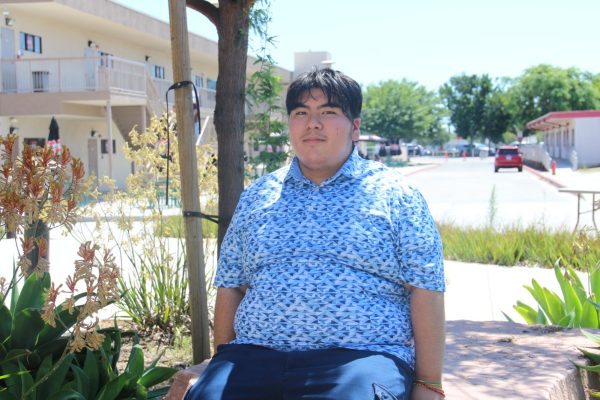As dual enrollment programs surge in popularity across California, a surprising consequence is beginning to surface: students may be losing on valuable financial aid.
Recently, the counselors at Middle College High School (MCHS) have discovered a shift in the financial aid that students receive when attending college because of dual enrollment. Some students maybe receiving fewer years of financial aid due to the amount of units taken at MCHS.
During a training session, MCHS Counselor Arlene Quinonez encountered new information on how dual enrollment can affect financial aid — news that caught her attention.
“This is the first time I’ve heard it at one of our trainings …so they mentioned dual enrollment now since it’s becoming so big, and that’s another thing, they’ve never mentioned dual enrollment before like that, so when they said dual enrollment, I immediately was like, ‘Oh, this is for me,’” Quinonez said.
In this meeting she recognized this would affect dual enrollment students who are pursuing an Associates (AA) degree due to the amount of units transferred. MCHS is not a typical high school; students tend to graduate with an AA equivalent to 60 units, and some students may graduate with more than one AA or over 60 units. Therefore, when students apply to a University of California (UC) or a California State University (Cal State), they are seen as sophomore or junior standing.
Quinonez comments on how financial aid is affected because of this.
“You will still be classified as first-time freshmen, but when they articulate your courses, once they see your transferable courses that they can actually take, then you would be classified; your status would change to their sophomore [or] junior year, depending on how many transferable units you have completed and with that, that affects financial aid.. that’s the first time I heard it where they worded it like that, where it affects your financial aid because you’re already coming in with a certain amount of units, so let’s say you come in as sophomore status, then you get two years of financial aid,” Quinonez said.
All UC campuses have a set expectation for how long it should take students to finish their degrees. Dual enrollment credits count toward that total, which means the clock starts earlier than many students realize. Typically, students are expected to graduate within 150% of the program’s length. For example, six years for a four-year program. If students go beyond that limit, they risk losing eligibility for continued enrollment and financial aid.
Essentially, this affects the experience of students. If a student needs four years of financial aid to complete their degree, they will not be able to obtain it because they already have their AA. Quinonez comments on the most affected students.
“There’s not enough wiggle room to get that done in enough time before your financial aid runs out, so, let’s say you have two years of financial aid, but then you have to stay a third year because one year didn’t go so well, that’s where it could affect you, but for the most part, it shouldn’t,” Quinonez said.
However, this seems to affect only UCs and Cal State schools because privates typically do not take any units, and if they do, it is very minimal.
“The FAFSA [Free Application for Federal Student Aid] federal and state aid … not necessarily the privates, because privates, remember, not many will take your full units, they cap you out at a certain point,” Quinonez said.
In essence, the financial aid cut is limiting the amount of exploration for students at MCHS. For example, if students have a criminal justice major at Santa Ana College (SAC) and obtain their AA, and then go to UC Irvine and want to major in Mathematics, it will be extremely difficult. They will have two years of financial aid left, and have to complete a vast amount of pre-requisite courses. College Counselor Ruth Olivos shares her opinion on exploring at the college.
“When it comes to students on a specific pathway, that’s what I wanna push for. I wanna be more intentional about that. Let’s focus on that while you’re here along with your general education. That way, when you go into university, you’ve already done the general education. That is your two years of university …So if we focus on that and stay intentional with what we’re focusing on, you won’t have a problem with financial aid in the future,” Olivos said.
It is natural for high school students to want to explore different classes and career paths. Everyone is attempting to find their passion to pursue happiness. Quinonez shares different ways to explore than just the college.
“We have high school classes that you can do that [explore] through, we have other, you know, avenues you can do that through versus going off for it at the college classes, but I think once you’re trying to decide on a pathway, like, yeah, let’s try it out, but also let’s make sure that we are putting that outside time into it too, like by being part of programs, or taking the elective here, and seeing if I do like it, and that way that’ll help with being more intentional,” Quinonez said.
Olivos shares how they are taking proactive steps for the future freshmen and sophomores, while reassuring the current juniors and seniors.
“So that’s my biggest thing is that I just want to protect the underclassmen from having to deal with this if things happen to get worse from here on, but everyone’s safe. Everyone’s good. I don’t want anyone to have a freak out moment. That’s not the case. It’s just preventative. We’re being cautious. So you’re all good. You can come see me if you have any doubts or if you have any fears or concerns. Like I say, I’m here,” Olivos said.
Students have to remember to be intentional with the courses they are taking, making sure that they have a goal. However, the larger challenge remains; as dual enrollment continues to expand, schools, colleges, and policymakers will need to ensure that early opportunity does not come at the cost of long-term access to education.

